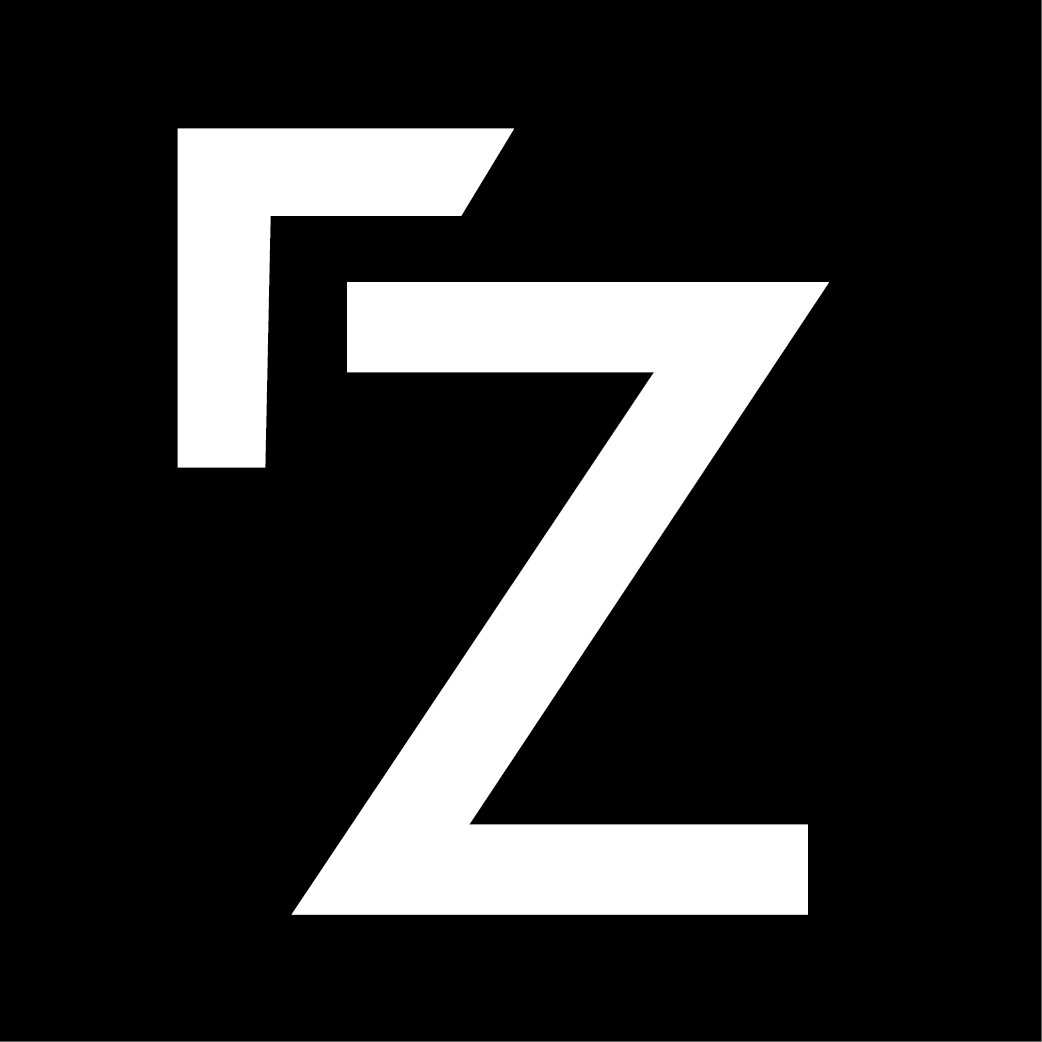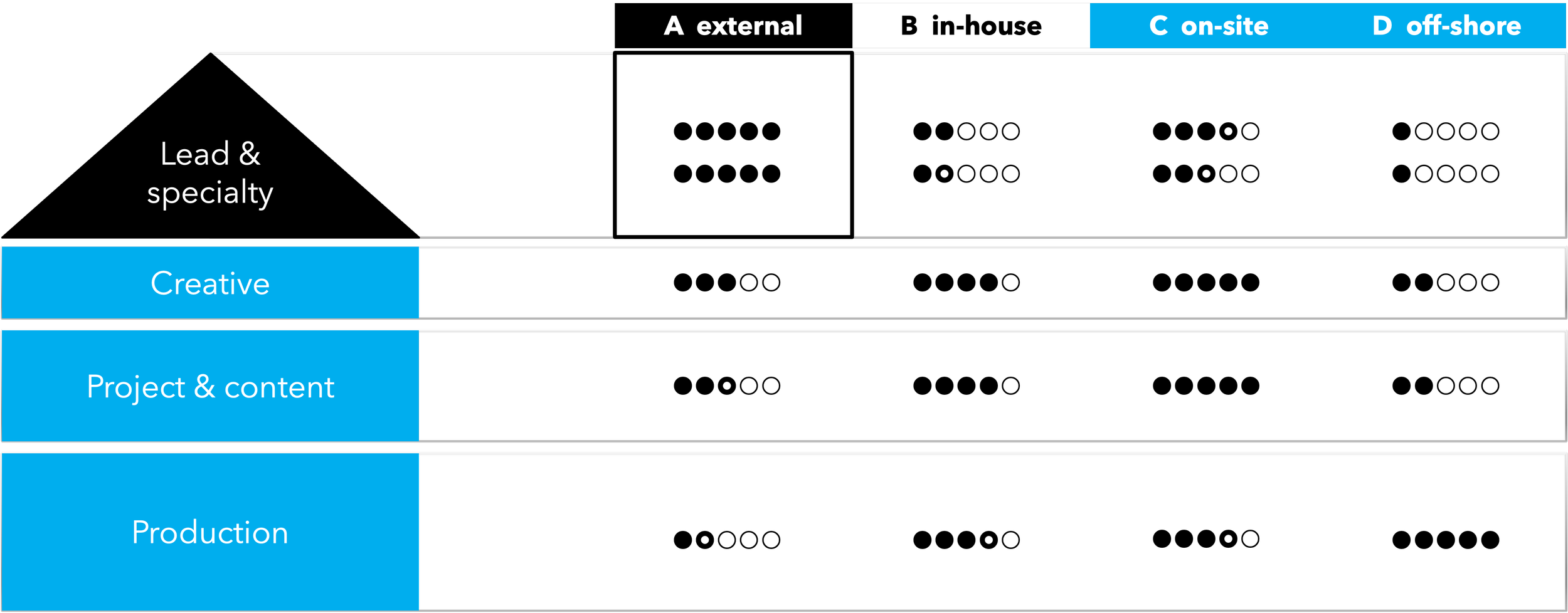The greatest challenges for in-house setups
It is no easy task to run an agency, whether it is in-house or a traditional agency. But from our experience, in-house setups often face other challenges compared to their external counterparts.
So, in this year’s in-house barometer study, we asked in-house teams to identify the greatest challenges they currently face. Here are the Top Ten Challenges in order of frequency:
Q: Which of the following are your group's greatest challenges? (select all that apply)
Balancing competing request priorities and not having enough time for creativity are some of the biggest challenges. As in-house teams are responsible for executing a wide range of marketing campaigns, the ability to balance competing priorities is crucial. However, this can often lead to a lack of time for creativity, which is necessary for developing successful campaigns. Because in-house setups are usually limited to the staff employed by the company they are in, they often need more scaling possibilities. This is where we see a difference between the in-house agencies managed by others and the traditional in-house agencies.
The managed in-house agencies are usually set up with near or offshore production facilities and access to a “mothership” of extra hands and muscles to assist when the workload gets too big.
The third most cited challenges are the quality of briefs and business partners’ lack of planning. In-house teams often rely on input from other departments to create effective marketing campaigns, but a lack of planning or communication can hinder the success of these efforts.
The 2023 in-house barometer study has uncovered some surprising insights into the world of in-house marketing across Europe. We asked over 1200 marketing professionals about their experiences, challenges, and successes with in-house agencies, and the results are fascinating. Discover the pros and cons of in-house marketing, the biggest challenges faced by marketing professionals, and the future of the industry.
Find more interesting insights into the state of in-housing in Europe at inhousebarometer.com
Also, time constraints are noted as a significant challenge. Without a clear and comprehensive creative brief, in-house teams may struggle to deliver campaigns that meet the expectations of their stakeholders. Additionally, time constraints can impact the ability of in-house teams to deliver high-quality work within the necessary timeframe.
Creative leaders often struggle with deciding what tasks to do first and securing enough resources. It's also important for teams to feel recognized and get regular feedback. Solutions include having clear plans, ensuring proper funding, and setting up feedback systems for a supportive work environment.
Work prioritization and resourcing (having enough people and the right roles) are also highlighted as significant challenges. In-house teams must be able to prioritize their work and allocate resources accordingly to meet the demands of their stakeholders. This not only requires having enough people, but ensuring that each team member has the right skills and expertise for their role.
Finally, technology, tools, and skill sets are identified as challenges for in-house teams. The rapid pace of technological change and the need to keep up with the latest trends can put pressure on in-house teams to constantly evolve and improve their capabilities. The right technology and tools are also necessary for success, but in-house teams may not always have access to the most advanced solutions.
Overall, these challenges highlight the complex and demanding nature of in-house marketing. By understanding these challenges, in-house teams can work to address them and improve their ability to deliver successful marketing campaigns.
One thing is being in a company with an in-house setup or even being in one, but what is it like to be the leader of such a team?
According to the study, creative leaders face specific roadblocks that need urgent attention and navigating the challenges of leading creative teams within a company is no small feat.
Here, we break down these challenges into simple terms and offer clear, straightforward solutions to make work smoother and more fulfilling.
Right at the top of the list is the worry about good career growth for both the leaders and their teams, noted by 34% of the people in the study. Simple Solution: Companies need to create clear growth plans, giving everyone a fair chance to learn and move up in their roles.
Q: Which of the following topics provides the greatest challenge for you as a creative leader?
Next, we have two concerns shared by 28% of leaders - getting clear instructions from clients and having enough time to do quality work. These issues often go hand in hand, as unclear guidance can lead to wasted time and hurried jobs. Simple Solution: Encourage clients to give complete information from the start and create a workplace where quality is valued over speed.
A close third, expressed by 26% of participants, is the desire to be seen as true partners in the projects they work on from beginning to end. This implies a deeper level of involvement and respect in the whole process. Simple Solution: Build stronger relationships with project partners, encouraging open dialogue and collaboration at every step.
In the 'On-Site model, also referred to as the 'In-House-Agency-as-a-Service' approach, external agencies play a pivotal role in both constructing and managing a company's in-house marketing operations. This collaborative model ensures the best of both worlds, with the expertise and flexibility of an external agency seamlessly integrated into the company's core functions. It's a strategic synergy that delivers heightened efficiency and impactful results.
Coupled with the 'On-Site' model, leveraging specialized and creative agencies for overall direction and creative concepts has been recognized as a winning strategy. According to a study conducted by the World Federation of Advertisers, this hybrid approach offers the best of both worlds. It allows companies to harness the focused expertise of specialized agencies for innovative, creative concepts, while the 'On-Site' model ensures seamless execution and integration. This synergy not only drives effectiveness but also enables companies to adapt swiftly to evolving market dynamics, positioning them at the forefront of their industries.
Almost 19% of creative leaders mentioned the difficulties in choosing which tasks to tackle first and getting enough funds for their team. These issues can hamper the creative flow and innovation. Simple Solution: Have clear plans that outline which tasks are more important and ensure teams have the funds they need to do their best work.
Lastly, getting the right kind of recognition and feedback, voiced by 17% and 14%, respectively, is crucial for maintaining a happy and productive team. Simple Solution: Set up simple systems where team members can receive regular feedback and appreciation for their efforts, fostering a positive and supportive work environment.
The best of both worlds
An on-site agency, tailored to understand and act on the unique needs and dynamics of the creative team, could alleviate the mentioned difficulties effectively. It can assist in systematically prioritizing tasks based on their significance, ensuring optimal utilization of available resources. This would address the creative leaders’ concern about choosing which tasks to tackle first and obtaining enough funds for their team, enabling a smoother, more efficient workflow and fostering innovation.
Moreover, an on-site agency can establish robust systems for regular feedback and recognition, catering to the creative leaders who voiced concerns in these areas. By doing so, it can cultivate a positive and supportive work environment that can enhance job satisfaction and productivity. The consistent recognition and constructive feedback provided by an on-site agency can empower team members, motivating them to realize their full creative potential.
As an on-site agency, you have access to a Travel Team of marketing specialists when the agency needs additional support. These experienced marketing professionals can provide an extra set of arms and legs, offering expertise and manpower to tackle a variety of projects and initiatives. Combined with an off-shore setup to take off load when you just need extra hands, the on-site agency will be much more robust and anti-fragile compared to a traditional in-house agency.







